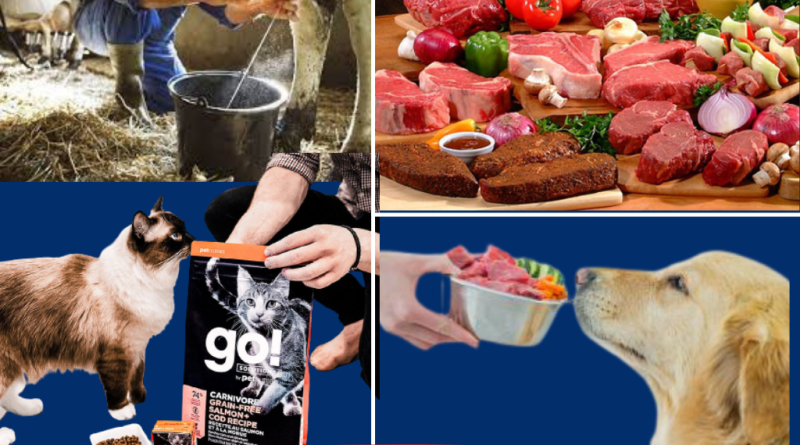Difference between plant and animal protein benefits in 2022
When hearing the word protein, sources of animal protein benefits in 2022, such as meat, eggs, milk and their derivatives, may come to mind. But there are a range of plant sources which are a good and high-quality source of protein.
Proteins consist of compounds called amino acids, and there are 20 known amino acids that make up these proteins. The body can manufacture 11 amino acids, but it needs 9 amino acids from food. When ingested, proteins are converted through metabolic processes into simpler molecules (amino acids) that the body consumes in vital processes.
Proteins are one of the nutrients that the body needs for growth and survival. They contribute to many functions in the body and are included in the composition of each of its cells.

The amino acids that the body needs from external sources are called essential amino acids, and they include:
The Academy of Dietetics recommends a minimum daily protein intake of 0.8 grams per kilogram of body weight, or about 60 grams for a person weighing 165 pounds (75 kilograms). People who aim to build muscle, pregnant and breastfeeding women, and the elderly may need more protein.
Recently, many diets have become popular that recommend adding plant proteins to the diet to replace animal protein sources such as meat. There is no firm recommendation or study that confirms the superiority of plant sources over animal sources, or vice versa.
Nuts and nut butter
- In addition to containing nuts on protein, they are also high in fat, so you should limit your intake (usually the size of a fist).
- Examples of protein in one serving (half a cup)
- Almonds, cashews, walnuts, hazelnuts, peanuts 6 grams per 1/4 cup.
- Butter (almond, cashew, hazelnut, and peanut) 5-8 grams per 2 tablespoons.
- Almonds also contain a high percentage of calcium in addition to protein and beneficial fats, so milk made from them is a suitable alternative to cow’s milk for vegetarians.
- Peanut butter can be added to many dishes such as fruit and oat salads to give a higher nutritional value.
Other
High in protein, quinoa is also a complete source of protein, and is also an important source of fiber and potassium. Quinoa is gluten-free. It is a suitable option for people with gluten sensitivity.
- Examples of protein in one serving (half a cup).
- Quinoa 4 grams per ½ cup.
- Spirulina 8 grams per 2 tablespoons.
- Seitan 21 grams per serving.
- Nutritional yeast 4 grams per 2 tablespoons.
- Brown rice 3 grams per half cup.
- Oats 3.5 grams per half cup.
- Buckwheat 3 grams per half cup.

Spirulina is green or blue algae extracted from lakes. In addition to its rich content of proteins, it is also rich in salts, iron, magnesium and vitamin B group, except for vitamin B12.
Can you make several dishes, including meat dishes, can be found in health food stores or made at home from wheat, for example.
Nutritional yeast is an inactive form of the well-known yeast. In addition to proteins, it contains a large group of B vitamins. It is a yellow powder that tastes like cheese and therefore can be used in many dishes that include yellow cheese.
Reasons why some people choose plant proteins over animal proteins
There are several reasons why people prefer to eat plant proteins rather than animal proteins, and they may include:
More people have recently started to become interested in adopting plant-based diets or limiting their use of animal products. Switching to plant-based products is getting easier with more nutritious plant-based foods.
In a 2017 study published in the Journal of the American Heart Association, Toronto researchers found that replacing one or two servings of animal protein with vegetable protein each day resulted in a roughly 4 percent decrease in the three major cholesterol indicators: total cholesterol, LDL cholesterol, and cholesterol. This can be explained by the fact that plant sources such as soy, nuts, and legumes contain components such as soluble fiber, plant sterols, and healthy fats, which in themselves lower cholesterol, and the consumption of these foods replaces meat, which may be high in saturated fat.



